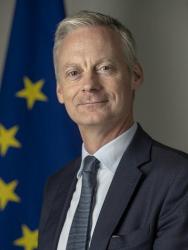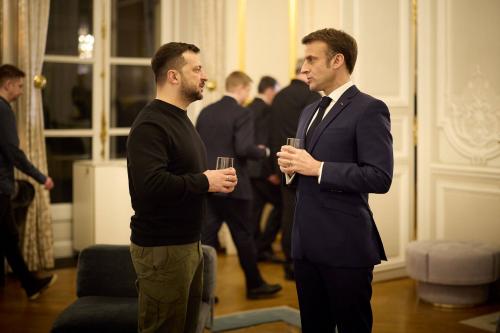

9:30 am EST - 11:00 am EST
Past Event
9:30 am - 11:00 am EST
1775 Massachusetts Avenue N.W.
Washington, DC
20036
The European Union launched the Eastern Partnership (EaP) in 2009 to advance democracy, economic development, stability, and cooperation across its eastern neighborhood. The platform also aimed to make both the EU and the six partner countries — Armenia, Azerbaijan, Belarus, Georgia, Moldova, and Ukraine — more resilient and capable to address internal challenges and external threats. In the ensuing decade, the EaP has succeeded in deepening many connections with its partner countries. However, amid growing geopolitical competition and new threats to the global rules-based order, much work remains for the Eastern Partnership to safeguard regional stability and security in the decade ahead.
On January 28, the Center on the United States and Europe (CUSE) at Brookings hosted a panel discussion on the European Union’s Eastern Partnership to consider its achievements and the evolving challenges it faces. Speakers included Michael Curtis of the EU Delegation to the United States; Jan Hofmokl, Poland’s ambassador for the Eastern Partnership; and Anna Westerholm, Sweden’s ambassador for the Eastern Partnership. Brookings Senior Fellow and CUSE Director Thomas Wright offered introductory remarks, and Brookings Nonresident Fellow Molly Montgomery moderated the discussion. After the discussion, the speakers answered questions from the audience.
Panelist



Constanze Stelzenmüller
April 22, 2024

Robin Brooks
April 11, 2024

Tara Varma, Bruno Tertrais, Jim Townsend, Andrea Kendall-Taylor
April 5, 2024